
South Island Oystercatcher
Haematopus finschi
Also known as: Torea


Haematopus finschi
Also known as: Torea

The South Island oystercatcher, or SIPO, is a native New Zealand bird with a striking appearance. About the size of a small chicken, this black and white wader is a common sight along coasts and inland areas. With its distinctive long red bill and pink legs, it's a bird that catches the eye.
1. Long, bright orange-red bill, standing out vividly against black and white plumage.
2. Sharp contrast between black upper parts and white underparts, with a distinctive 'waistcoat' line.
3. Noisy 'kleep-kleep' call, often heard before the bird is seen.
SIPOs breed in spring and summer, nesting on the ground in simple scrapes. They're known for their impressive migration, with most birds flying to North Island coasts after breeding. These birds can live up to around 25 years and often return to the same breeding and feeding areas annually. While their population is currently stable, habitat loss remains a potential threat.
Look for SIPOs on coastal estuaries, harbors, and beaches throughout New Zealand, especially from December to July. During breeding season (spring to summer), they move inland to South Island riverbeds and farmlands. Dawn and dusk are great times to spot them foraging on mudflats or sandy shores. Watch for their distinctive probing behavior as they search for food. Tip: Listen for their loud, piercing calls which often give away their presence before you see them.
Known as tōrea in Māori, the South Island oystercatcher has been a part of New Zealand's landscape for centuries. It plays a role in Māori folklore and was traditionally hunted for food. Today, it's a protected species and its recovery from past hunting pressures is a conservation success story, reflecting the resilience of our native wildlife.
46 cm
550 g
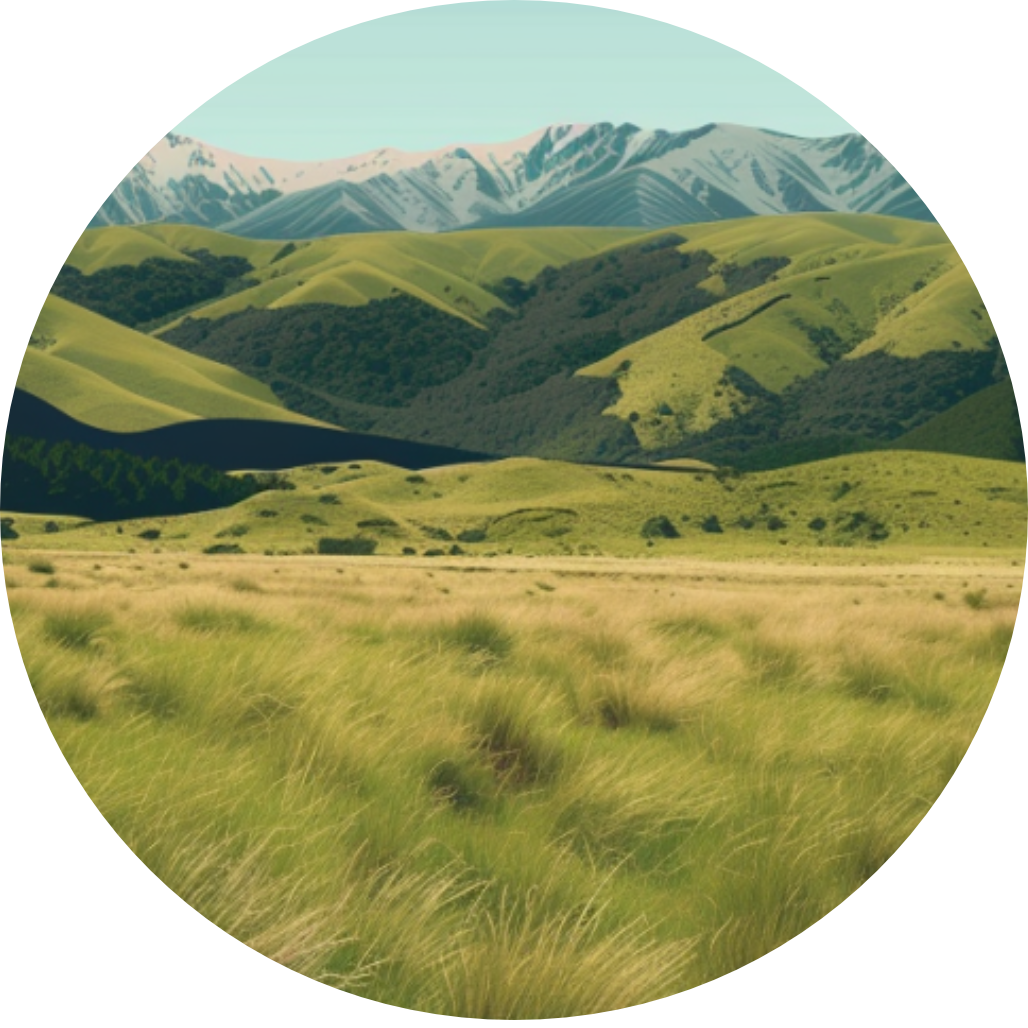
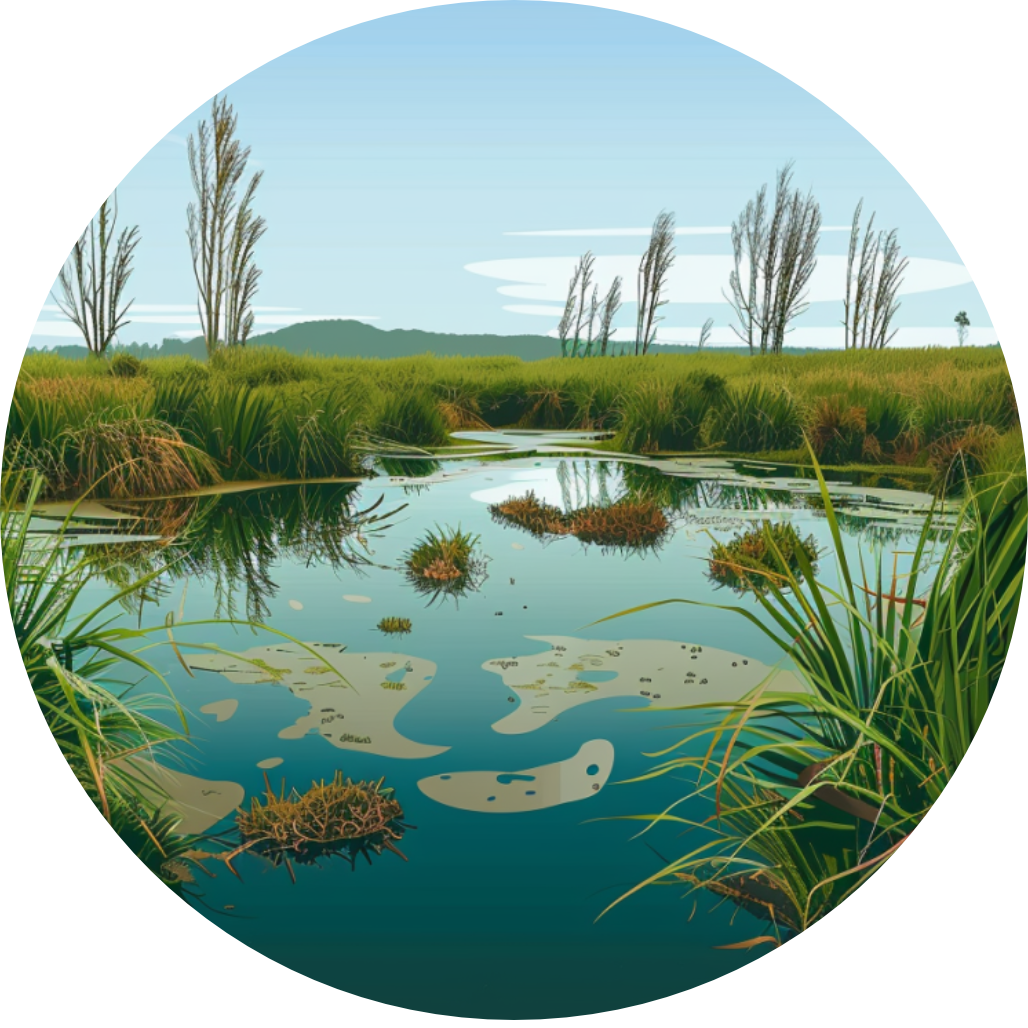
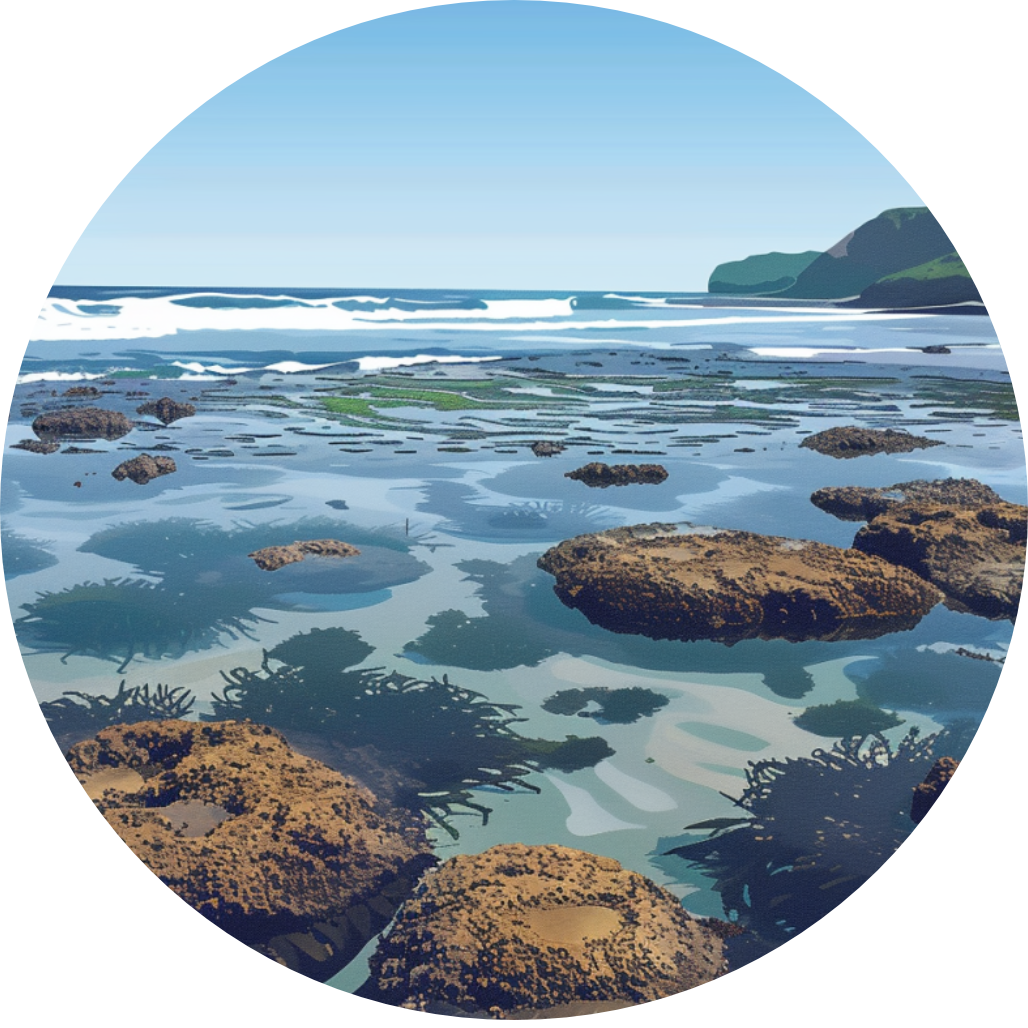
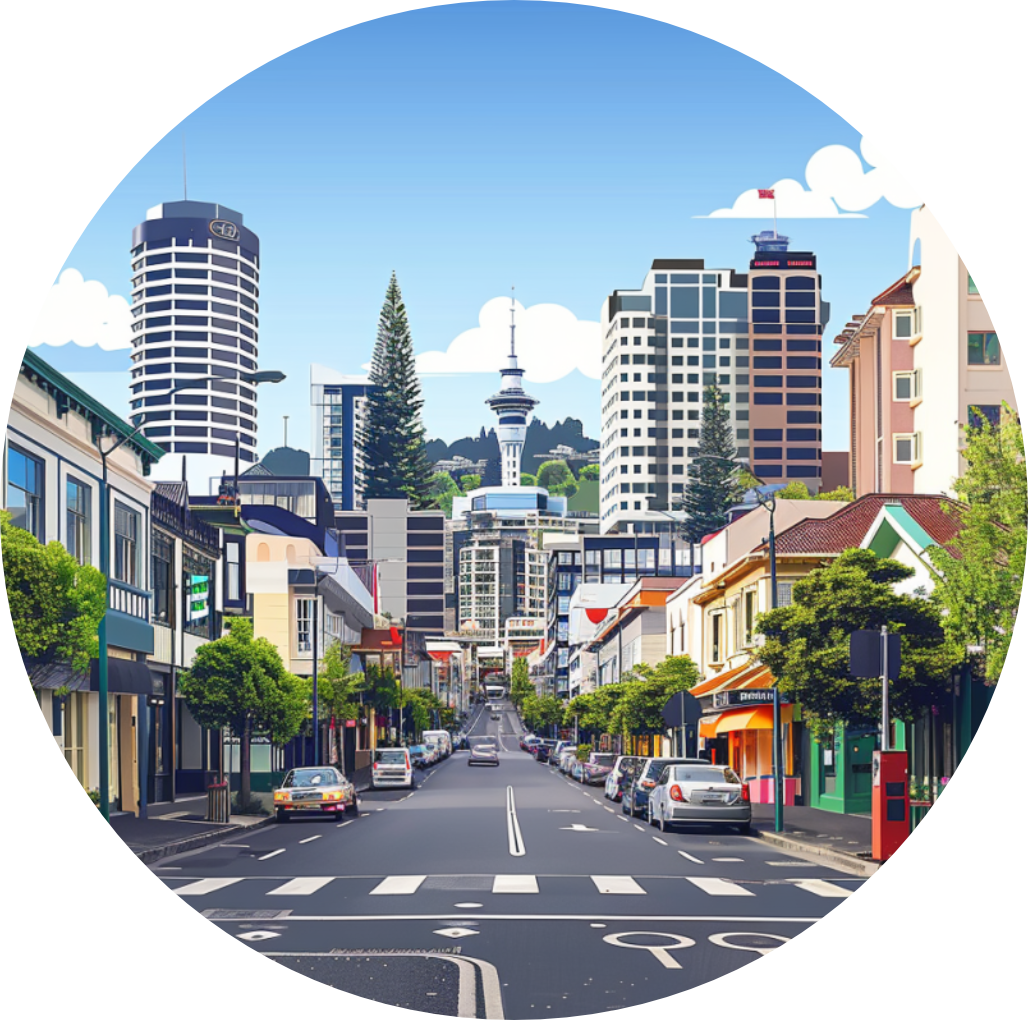
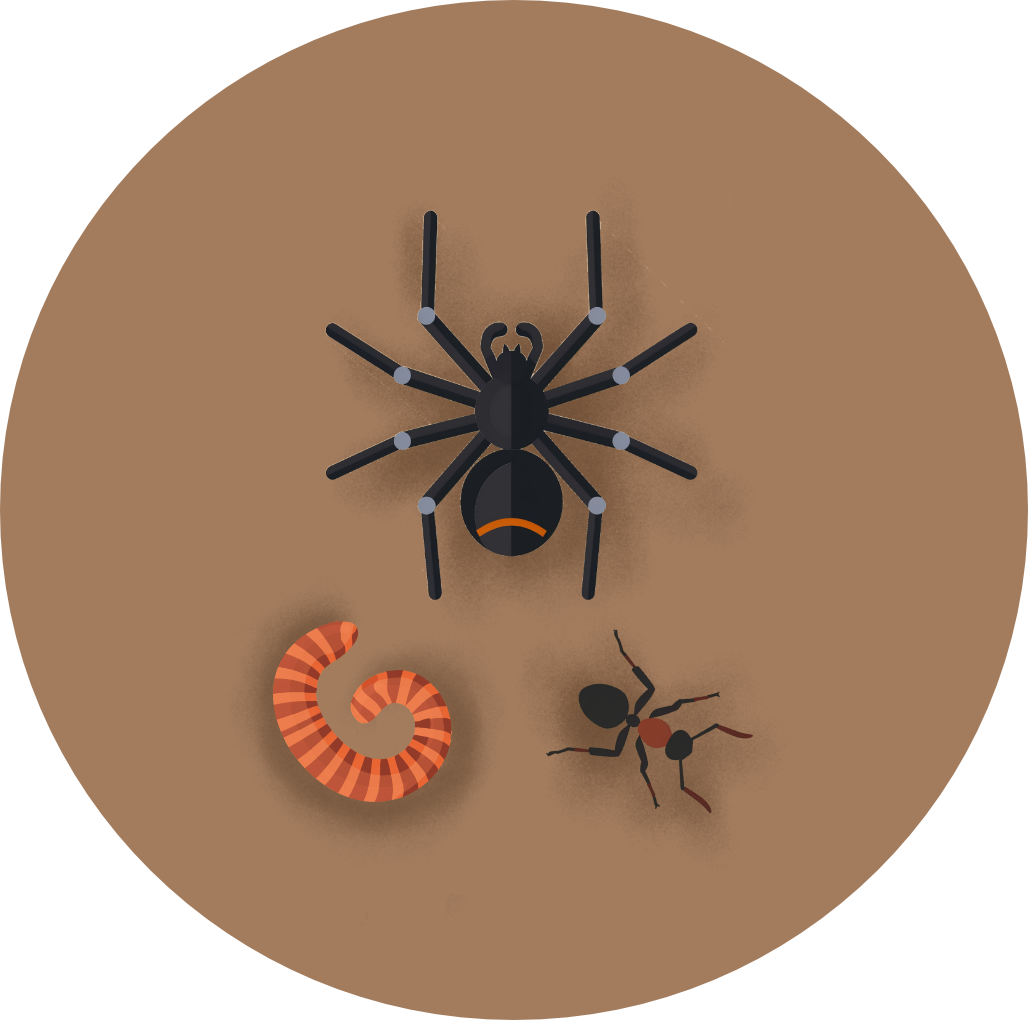

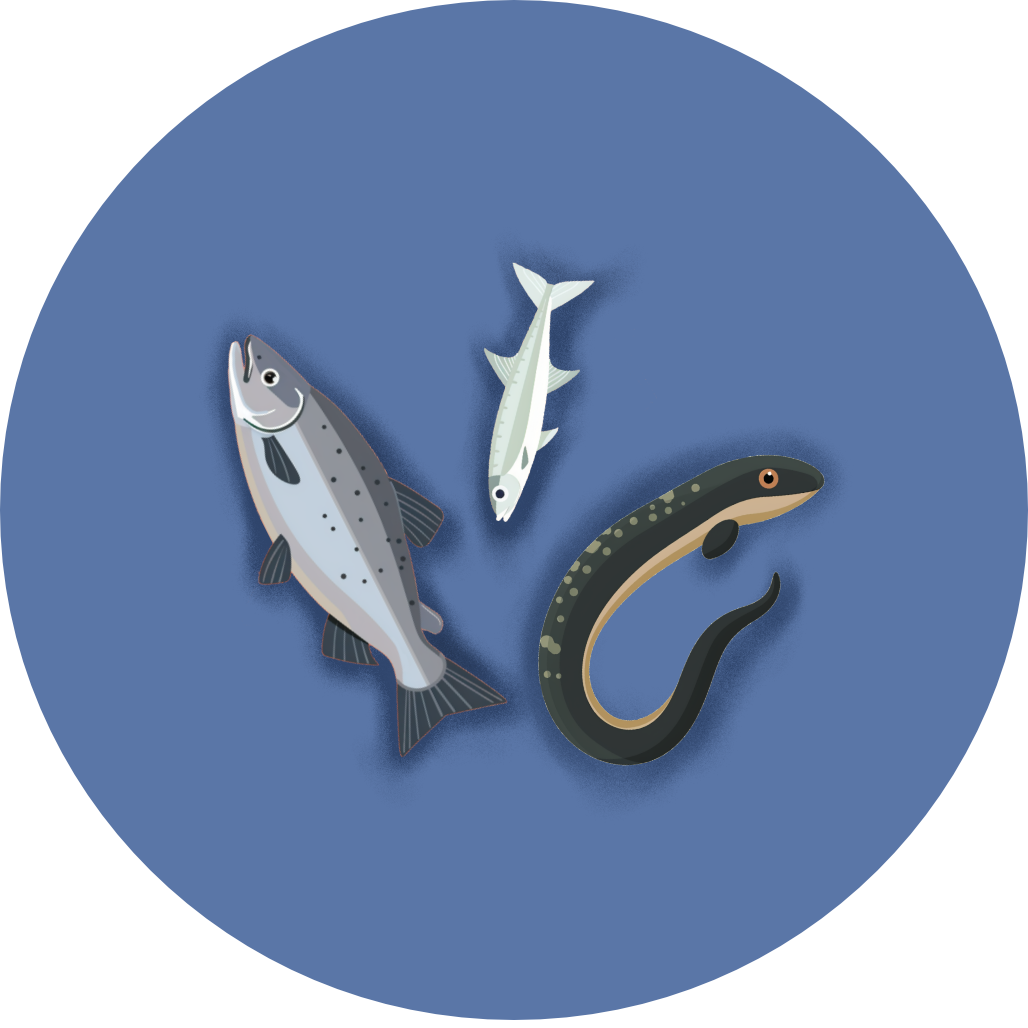
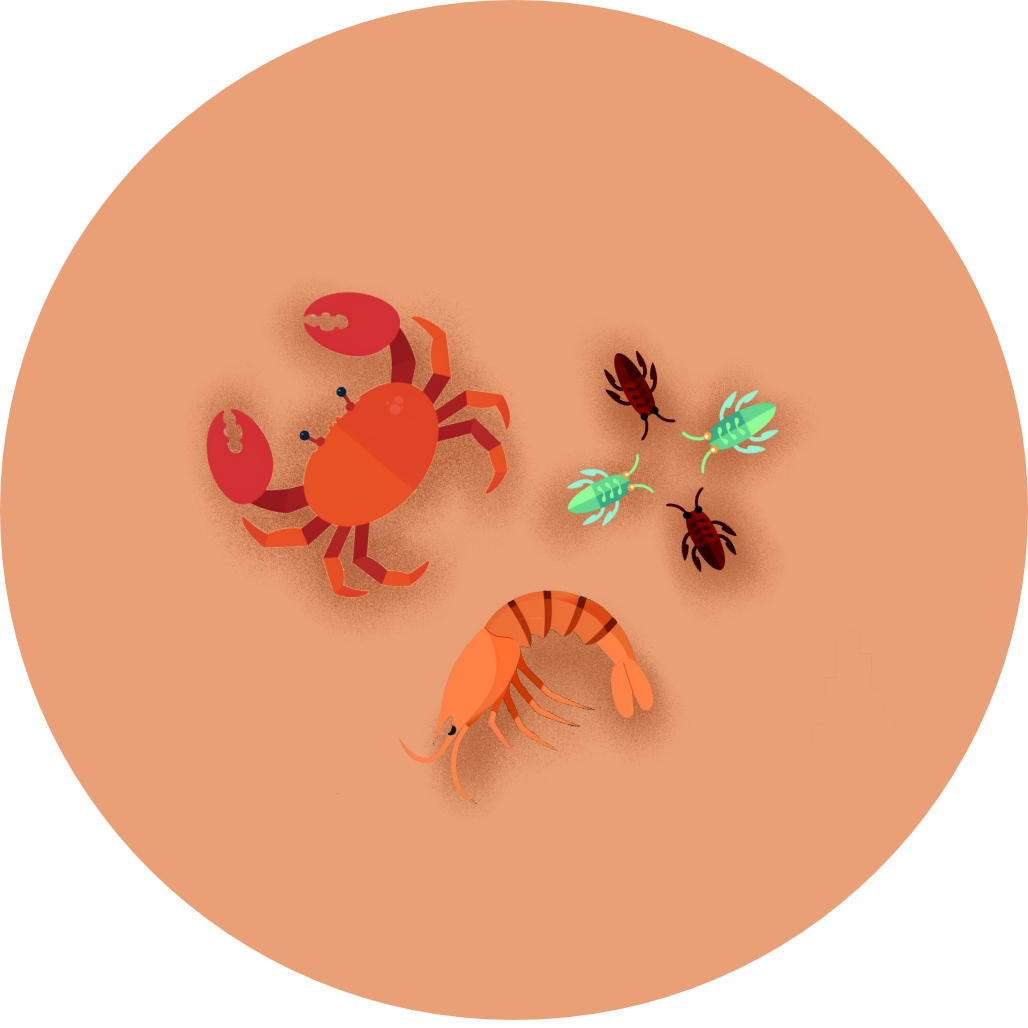
Coming Soon!
Top birding locations will be available in a future update.